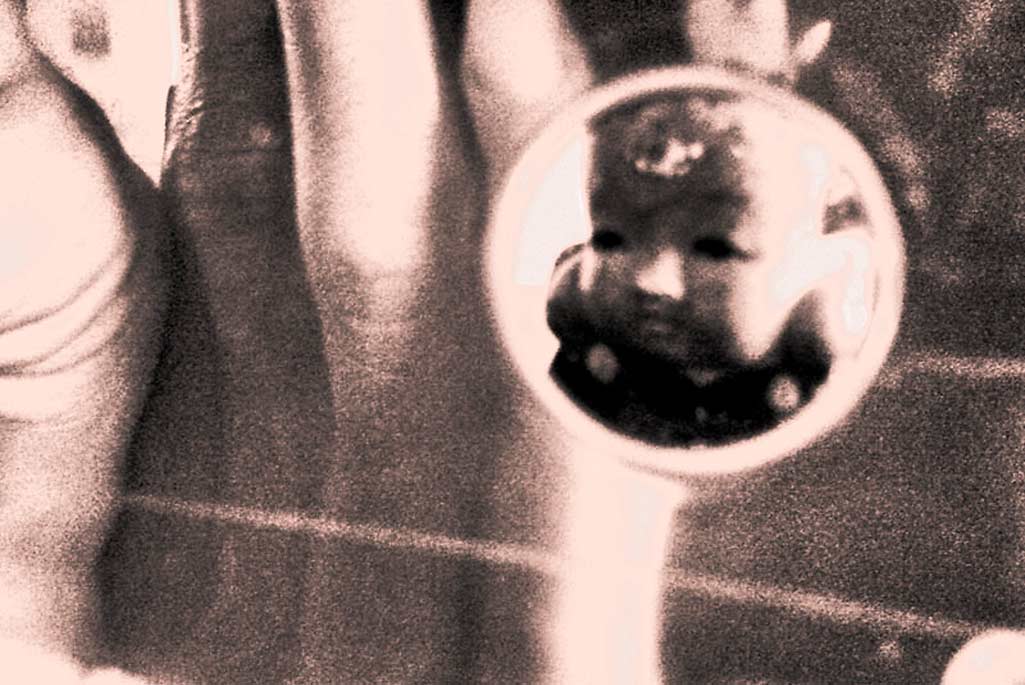
The welding pressures are examined through 3D simulation of the non-steady state and compared with experimental results. In this paper, parameters such as billet temperature, bearing length and product thickness, are examined. Welding strength is affected by many parameters, such as extrusion ratio, extrusion speed, die shape, porthole number, bearing length, billet temperature and mandrel shape. In porthole die extrusion the welding strength promises the possibility of producing sound hollow section tubes. Analytic approaches that are useful in profitable die design and in the improvement of productivity are inevitably demanded. Because of the complicated structure of the die assembly, the extrusion of hollow section tubes has been investigated experimentally. Porthole die extrusion has a great advantage in the forming of hollow section tubes that are difficult to produce by conventional extrusion with a mandrel on the stem. In the article it is also quantified (in a diagram) how big the shift in flow balanceīetween the two ports is as the size difference between the ports increases.

An explanation is given why the metal flow in the small channel speeds up towardsĮnd of extrusion. In short billet extrusion the same shift in metal flow is also confirmed towards end Now the velocity in the small channel is speeded up on the expense of that in However, in the end stage of the process, there is predicted a In long billet extrusion metal flow through the two die channels is predicted stable throughout the The trends shown by FEA have also been confirmed experimentally. Two of the simulations have been validated by experiments in previous work, so Speed, and in addition, how increasing size difference between the ports changes the flow balanceīetween the ports. Velocity differences between the two ports to depend on applied extrusion velocity, i.e., the ram The difference in velocity between the metal streams led to uneven flow at the die bearing and thus a wavy extrusion nose.įinite element analysis (FEA) is applied to study metal flow in an asymmetric portholeĭie with two ports where one port is bigger than the other. The 3D FE simulation also showed how two unequal metal streams contacted each other and became bonded in the welding chamber under a certain hydrostatic pressure and at a certain temperature, before the metal flew through the die bearing. Using an FE model including these two ports, different flow patterns of two individual metal streams were revealed. In the case of extruding a rectangular hollow profile through a porthole die with four ports, two neighbouring ports were different from each other. It was aimed at revealing the flow patterns of a medium-strength aluminium alloy 7020 through a porthole die and gaining an insight into the formation of longitudinal weld seams inside the welding chamber during extrusion.


A detailed analysis of metal flow through a porthole die to produce a rectangular hollowĪluminium profile was performed by means of three-dimensional FE simulation using DEFORM 3D.


 0 kommentar(er)
0 kommentar(er)
